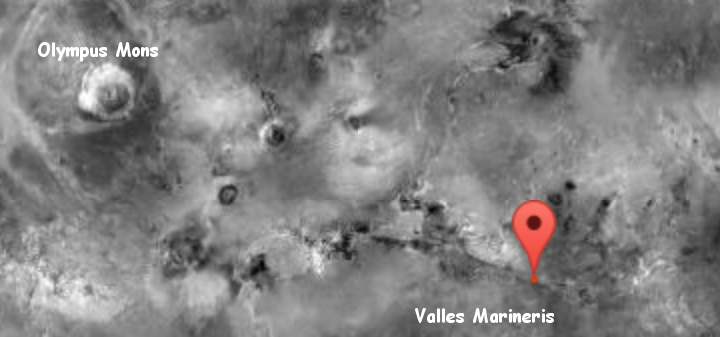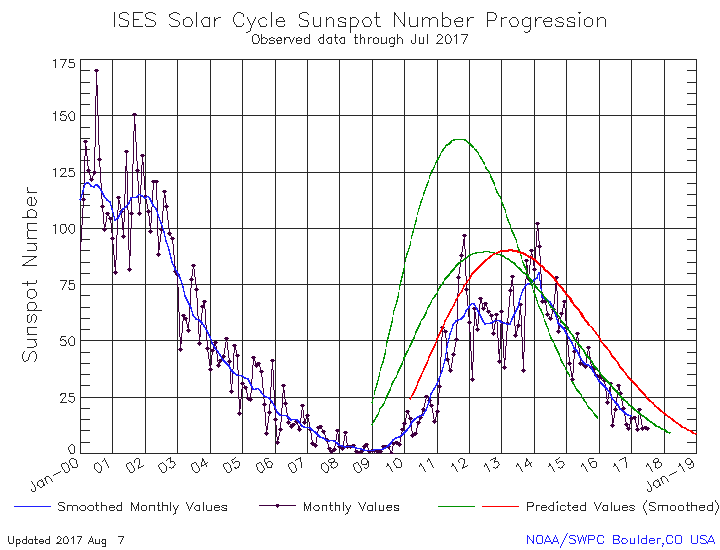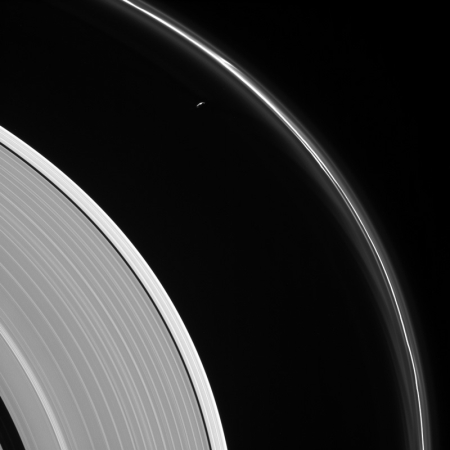Google unveils new slogan
News you can use! Google unveils new slogan. Trust me, it is worth it to click on the link.
And this also: New Google technology autocorrects users’ thoughts
At a special press conference held at the technology giant’s sprawling campus Tuesday, Google engineers revealed exciting new technology that autocorrects any errant thoughts its users are having, replacing them with positions approved by the company.
Utilizing advanced retinal scan and proprietary telepathic scanning technology, the new automatic thought correction algorithm is now live for users of Google’s search engine, Android operating system, Chrome OS, and the hundreds of other apps and services the company provides. “Let’s say you start thinking there may be some kind of inherent biological difference between men and women,” Google employee Ryan Vo said in a live demo of the new tech. “Immediately, the thought suggestion program in any nearby Google device, app, or service will scrub the idea of inherent gender differences and replace them with the sure knowledge that there are at least three hundred different genders in existence, and always has been.”
For the background see this story.
And people wonder why I do not use Google, got rid of gmail years ago, and wiped my history at both as soon as I could.
News you can use! Google unveils new slogan. Trust me, it is worth it to click on the link.
And this also: New Google technology autocorrects users’ thoughts
At a special press conference held at the technology giant’s sprawling campus Tuesday, Google engineers revealed exciting new technology that autocorrects any errant thoughts its users are having, replacing them with positions approved by the company.
Utilizing advanced retinal scan and proprietary telepathic scanning technology, the new automatic thought correction algorithm is now live for users of Google’s search engine, Android operating system, Chrome OS, and the hundreds of other apps and services the company provides. “Let’s say you start thinking there may be some kind of inherent biological difference between men and women,” Google employee Ryan Vo said in a live demo of the new tech. “Immediately, the thought suggestion program in any nearby Google device, app, or service will scrub the idea of inherent gender differences and replace them with the sure knowledge that there are at least three hundred different genders in existence, and always has been.”
For the background see this story.
And people wonder why I do not use Google, got rid of gmail years ago, and wiped my history at both as soon as I could.







